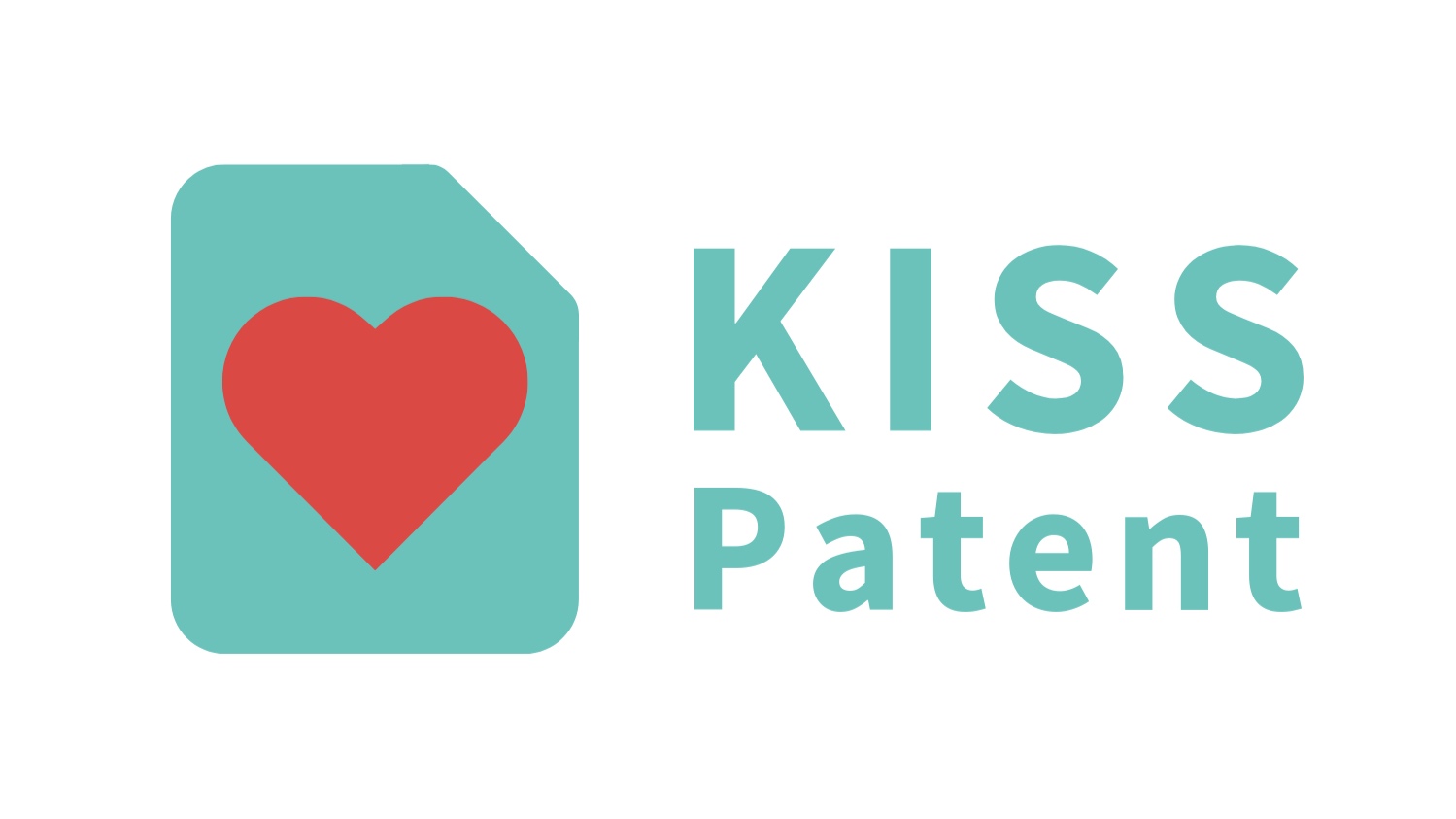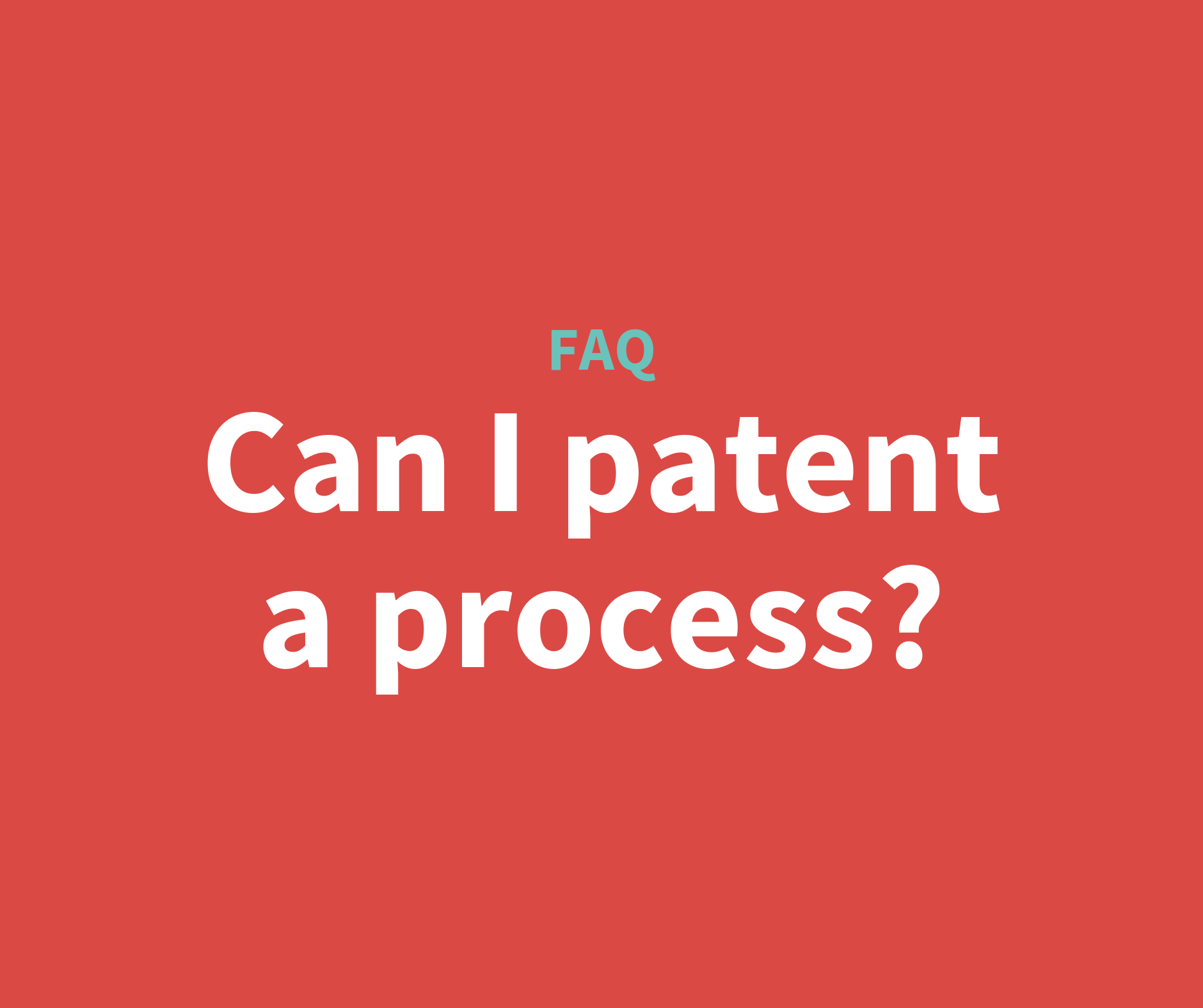Patent drawings are technical illustrations that showcase how a patentable invention works. The United States Patent and Trademark Office (USPTO) requires at least one patent drawing when an illustration is necessary to understand how the invention works.
The USPTO has strict rules on patent drawings that inventors must follow:
As the inventor, you have to give a very detailed description of your invention. If your invention lacks details, your application might get rejected. Most patents benefit from including drawings. You might not need to do any patent drawings if you, for example, file a patent on a chemical compound. In all other cases, patent drawings are the best method to give clarity to your invention.
The patent drawings have to follow the formatting rules of the USPTO. You have to prepare them with black ink on white paper. The use of colors, photographs, or other forms of non-traditional illustrations are rarely allowed. The type, size, and format of your lines, your fonts, and your paper are also heavily regulated.
You can submit multiple drawings. The goal with the drawings is to give as much detail as possible, so the patent examiner will fully understand your invention. Your drawings can have multiple perspectives, shades, scales - although the use of these techniques is also heavily regulated.
Patent drawings for provisional patent applications are not mandatory but are advised to include.
Patent drawings have to follow the USPTO's stringent rules. If you do the drawings improperly, or the drawings are unclear, your patent application might get rejected.
It is why we always recommend hiring a professional to help you with the drawings. A skilled patent agent can help you to prepare the most detailed drawings that are also following all regulations.
Can’t find the answer to your question?
Do you think we missed something? Let us know!
Drop us an email or schedule a free call with us!
Search our FAQ to find more articles:
Not sure what type of Intellectual Property is right for you?
Fill out our quick survey to find out!






























